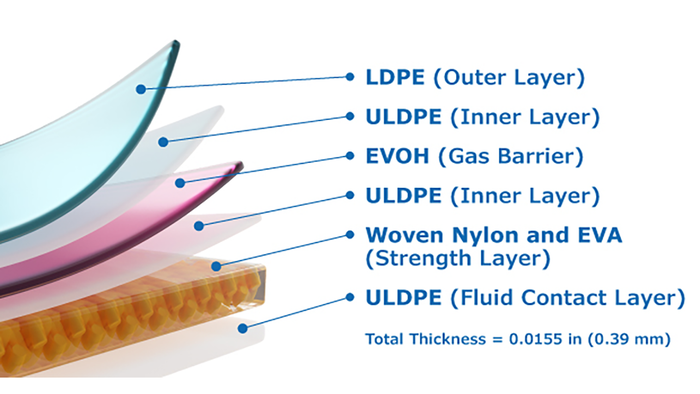Andreas Laustsen, center director and professor at the Technical University of Denmark, was inspired to address a problem that claims as many as 138,000 lives per year worldwide during a visit to Africa in 2011.
Laustsen addressed delegates at BioProcess International Europe in Vienna, Austria, where he shared his emotional realization that many parts of the world lack the medicine and infrastructure to treat venomous snake bites.
During his visit to a clinic in Tanzania, he met two small children who had each lost a limb because of snakebites. He shared an image depicting a young child who had suffered a wound that ate away much of the flesh on his arm, leaving it red and scaled. Despite the shocking appearance of the child’s wound, Lausten described the image as a “moderate case.”
Depending on the specific venom, snakebites can lead to uncontrolled internal bleeding or a neurotoxic reaction that causes muscle paralysis and can lead to suffocation. Venomous snakebites affect 1.8–2.7 million people per year worldwide, and even those who survive often suffer lifelong disability that impacts their quality of life.
Traditional antivenom production involves immunizing a large animal — usually a horse — with snake venom. The horse’s blood is collected and purified with antibodies for antivenom formulation. Recombinant antivenom production uses genes of toxin-specific antibodies. Lausten presented data showing that mAb-based antivenom can be used to fully immunize laboratory mice against venom from some of the world’s most venomous snakes.
Antibody benefits
Laustsen explained the benefits of recombinant antivenoms based on mAbs to the audience. “Currently physicians do not administer the antivenom until it very clear [they are dealing with a snake bite] because the risk of anaphylactic shock is very high,” he said.
However, an advantage of using recombinant antivenom is the ability to “rapidly administrate” it and thus have “better clinical outcomes because there is higher safety.” Not only does this help the individual, but it also benefits the patient’s family. As he pointed out, we are not just “talking about old people, [a snake bite] typically happens to children, young adults, [and] people working in the fields who lose their entire life as they are not able to work or able to get married.”
In addition to its compatibility with human victims, mAbs can provide consistency and “reproducible production” with “no dependence on snakes and horses,” Laustsen continued. Furthermore, the antibodies can be “tailor-made with optimal pharmacokinetics” and have the potential to be deployed with “prophylactic use.”
With clearly outlined benefits, Laustsen then went on to discuss whether it can be manufactured in an affordable manner because, as we all know, “the cost of the therapy is very important.”
While he could not provide “any concrete numbers because no one has done this at an industrial scale,” he assured delegates “it is not very expensive to set up compared to a biopharmaceutical process, but we do need to get over this initial sort of investment to be able to develop it.”











